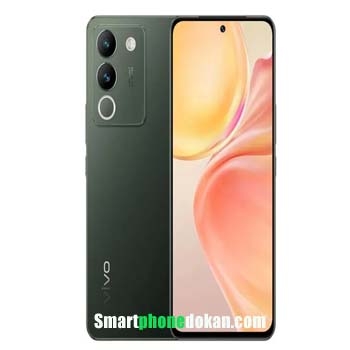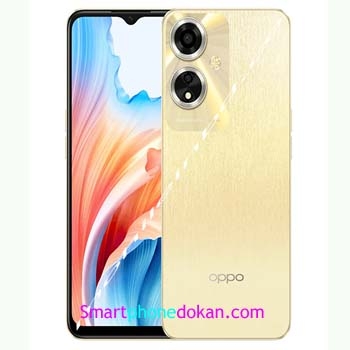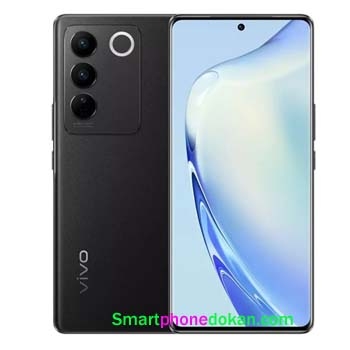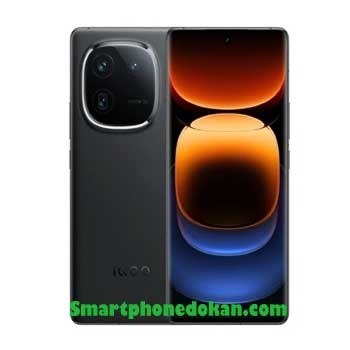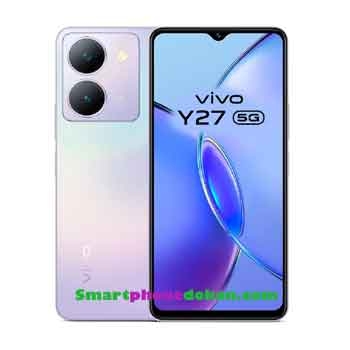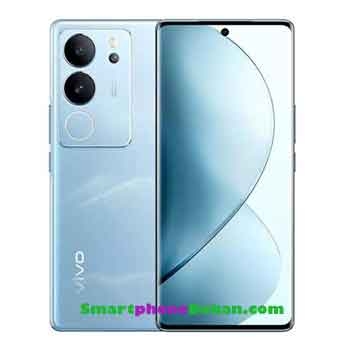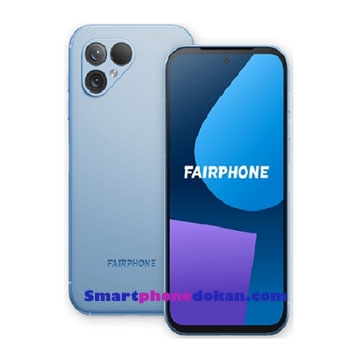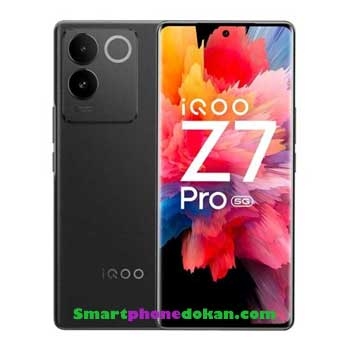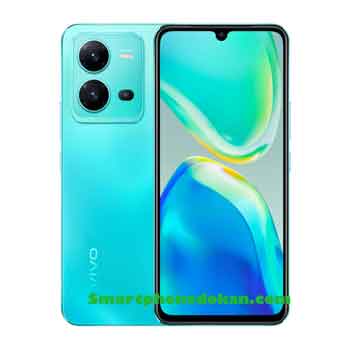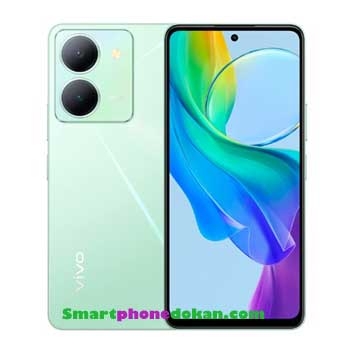Mobile Phone Reviews, News And Offers
The Samsung foldables have substantially lagged behind when it comes to camera capabilities, but last time's models brought pronounced advancements and gave suckers hope they might start to catch up. Now we get the first details on the ... [more]
vivo's forthcoming first entry into the flip- style foldable space has been in the news a lot recently, and moment, thanks to it entering its Google Play instrument, the name has been verified. Surprising absolutely no bone , the phone ... [more]
Samsung is launching its Galaxy S23 series latterly moment, and sticking with tradition the company introduced a new interpretati ... [more]
According to stats from App Annie, back in 2013 there were only 7 mobile games with a profit of$ 100 million( or further) a time( PDF). Fast forward to 2021 and there were 7 mobile games with earnings of$ 100 million or further. a month. Mobile games are now the dominant form of gaming after hitt ... [more]
vivo just blazoned its V3 imaging chip, which will premiere 4k movie portrayal mode in forthcoming flagship phones analogous to the iPhone's Cinematic mode. The advertisement is further of a teaser by company VP and General Manager of Brand & Product Strat ... [more]
A many days after the Galaxy S23 Geekbench results surfaced we get our first look at a table for the alleged Galaxy S23 Ultra bearing the SM- S918U model number. The new Geekbench table shows th ... [more]
Earlier this month, Google caught us off guard with an unexpected move—introducing a fifth Android 14 beta release, even though they had strongly hinted just last month that the fourth beta would serve as the final step before the stable release. And thus, Android 14 Beta 5 entered the stag ... [more]
The time is nearly over, and as we're preparing for the new bone , we take a look at the most popular reviews of 2023. The first quarter was a busy one, with major manufacturers contending to introduce their phones with the also-new Snapdragon 8 Gen 2 chipset. We saw ... [more]
For me, 2023 felt a bit banal. Last time I indeed got agitated about some of midrangers, but this time around I could not find bone that stands out. Indeed the decoration member was not particularly emotional to me, so that is why I picked only four phones for my top list. &nb ... [more]
The once 12 months have been busy with phone adverts , and I will now be looking back at the bias that impressed me the most. In the realm of cell phones, more than 500 new models were sent off, and I made some extreme memories picking my #1 five. Smartphon ... [more]
Google laid off “ a many hundred ” workers, according to multiple reports. People from multiple divisions were affected, including those working on the Assistant platoon, as well as some from the Hardware platoon, responsible for ... [more]
Vivo G2 is the rearmost entry- position smartphone to launch in China. The gadget has a Dimensity 6020 chip, a 90Hz invigorate rate screen and a 5,000 mAh battery with 15W charging. These specs line up with the vivo Y36i sent off in December. There’s a6.56- inch IPS TV with HD resolu ... [more]
The <a href="https://www.smartphonedokan.com/vivo/">iQOO Z9</a> arrangement will come with an OLED board, uncovered tipster Advanced Chat Station on their Weibo page. The midranger Z line of the vivo-owned brand has been utilizing LCD since its dis ... [more]
It was a active MWC for ZTE and its nubia backup with the declaration of five modern phones. We overseen to induce some hands-on time with many of the unused models and these are our to begin with impressions of the nubia Flip, Center Master, Neo 2 and Music smartphones. &nbs ... [more]
Mobile Phone Update 2024
Smartphone Dokan
Mobile Phone Price in Bangladesh 2024
Latest Mobile Phone 2024
Smartphonedokan.com is a website that is dedicated to providing consumers in Bangladesh with the latest information about smartphones. The site features reviews of the latest devices, as well as comparisons of different models and brands.
One of the things that set Smartphonedokan.com apart from other smartphone review websites is its focus on the Bangladesh market. The site is tailored specifically to the needs and interests of Bangladeshi consumers, offering in-depth reviews of smartphones that are popular in the country.
In addition to its reviews and comparisons, Smartphonedokan.com also offers a range of other resources for smartphone users. These include buying guides, which help consumers choose the right device for their needs, as well as tips and tricks for getting the most out of their smartphones.
One of the key benefits of visiting Smartphonedokan.com is the opportunity to read unbiased, independent reviews of smartphones. The site is not affiliated with any particular brand or manufacturer, so its reviews are free from any potential conflicts of interest. This means that consumers can trust the site's recommendations and use them to make informed buying decisions.
Mobile phones company, also known as smartphones, come in a wide range of shapes, sizes, and specifications. Some key specifications to consider when looking at mobile phones include:
-
Processor: This is the brain of the phone and determines how quickly it can run and perform tasks.
-
Storage: This refers to how much space the phone has to store apps, photos, and other data.
-
Display: The display size and resolution will affect the phone's overall visual quality.
-
Battery: A phone's battery life can vary significantly, so it's important to consider how long the phone will last on a single charge.
-
Cameras: Most phones now come with at least two cameras, one on the front and one on the back. The quality of these cameras can vary greatly, so it's worth considering if you're someone who takes a lot of photos.
-
Operating system: This is the software that runs the phone and determines what apps and features are available.
-
Connectivity: This refers to the phone's ability to connect to the internet, either through a cellular connection or Wi-Fi.
-
Price: Of course, the price of the phone is also an important consideration. Prices can range from a few hundred dollars to over a thousand depending on the features and specifications of the phone.
Overall, Smartphonedokan.com is a valuable resource for anyone interested in smartphones in Bangladesh. Whether you're a tech-savvy consumer looking for the latest and greatest devices, or someone who is new to smartphones and needs some guidance, the site has something to offer. So if you're in the market for a new smartphone, be sure to check out Smartphonedokan.com for all the latest information and reviews.

